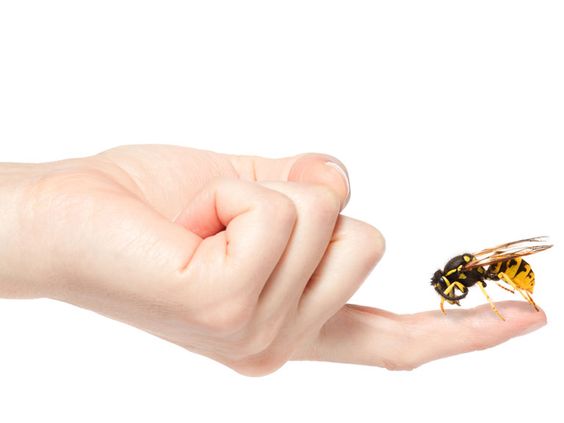Introduction:
Mastitis is an inflammation of breast tissue that can cause pain, swelling, warmth, and redness in the affected breast. It can also cause fever, chills, and body aches. Mastitis is most common in women who are breastfeeding, but it can also occur in women who are not breastfeeding and in men.

Mastitis is often caused by a bacterial infection. Bacteria can enter the breast through a crack or sore in the nipple, or through the milk ducts. Mastitis can also be caused by a blocked milk duct. This can happen if the baby is not latching on correctly, if the mother is producing too much milk, or if the mother is weaning her baby.
Causes of Mastitis:
- Bacterial Infection: The most common cause, often stemming from Staphylococcus aureus. Bacteria can enter through cracks in the nipple or milk ducts.
- Blocked Milk Ducts: Incomplete drainage of milk, due to improper latch, oversupply, or weaning, can lead to inflammation.
- Milk Stasis: Prolonged periods between feedings or insufficient milk removal can contribute to milk stasis and increase mastitis risk.
Symptoms of Mastitis:
- Breast Pain and Tenderness: The affected breast may feel sore, tender, and painful to the touch.
- Swelling and Warmth: The breast may appear swollen and feel warm to the touch.
- Redness: The skin over the affected area may be red or discolored.
- Fever and Chills: Systemic symptoms like fever, chills, and body aches may accompany the breast symptoms.
- Fatigue: Feeling tired and run down is common.
Treatment for Mastitis:
- Antibiotics: Since bacterial infection is a common cause, a doctor will typically prescribe antibiotics.
- Pain Relief: Over-the-counter pain relievers like ibuprofen or acetaminophen can help manage pain and inflammation.
- Frequent Breastfeeding or Pumping: Continuing to drain the breast, whether through breastfeeding or pumping, is crucial for resolving the blockage and infection.
- Rest and Fluids: Getting enough rest and staying hydrated are essential for recovery.
Prevention of Mastitis:
- Proper Breastfeeding Techniques: Ensuring a good latch and proper positioning during breastfeeding helps prevent milk duct blockage.
- Frequent Feedings: Feeding your baby on demand or every 2-3 hours can help prevent milk stasis.
- Complete Breast Drainage: Emptying the breast fully during each feeding or pumping session is important.
- Good Nipple Care: Keeping the nipples clean and dry can help prevent cracks and infections.
- Weaning Gradually: Gradually weaning your baby over time allows your milk supply to adjust, reducing the risk of blocked ducts.
This information is for informational purposes only and should not be considered medical advice. Always consult with a healthcare professional for diagnosis and treatment.





